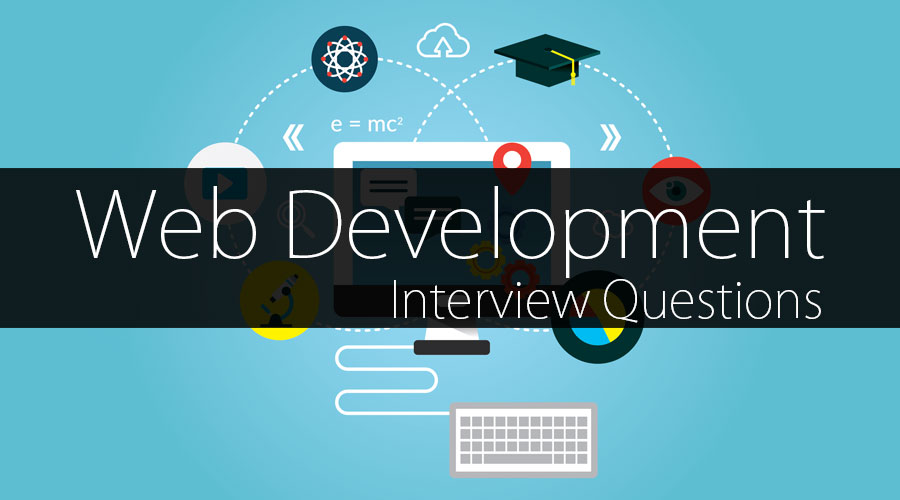Web Developer Interview Questions & Answers
Appearing for interviews can be intimidating and if you are underprepared, you can be overwhelmed and lose confidence in front of the interviewer. If you want to be successful in a web developer interview, you need to prepare for the commonly-asked questions. This article will provide some of the frequently-asked questions.
Web development is an important job profile in the age of the internet and there are many big organizations that look to hire the best professionals. As a web developer, you should have a good understanding and proficiency in all the popular web technologies like HTML5, CSS3, and JavaScript. There are various professional online courses in web development to gain those skills. Apart from that, one should also show good interpersonal and communication skills to stand out from the rest of the candidates.
The following web developer interview questions and answers will cover all the important areas:
Q1. What is a pseudo-class?
Ans. It is a CSS technique that sets the style when an element changes its state. E.g. style changes when mouse hover, different styles for visited or unvisited links, etc.
Q2. What is Namespacing in JavaScript?
Ans. It is usually not a good practice to use global variables in programming languages including JavaScript. However, you may be forced to use global variables sometimes. So, JavaScript introduces the concept of namespacing which ties down a part of the code and registers it with a unique name.
Q3. How can you reduce page loading time?
Ans. These are the following ways you can reduce web page loading time: reduce the image size, remove unnecessary widgets, HTTP compression, placing CSS at the top and script referencing at the bottom or external files, reduce lookups, minimize redirects and caching.
Q4. What is CORS?
Ans. Cross-Origin Resource Sharing (CORS) is a mechanism that enables different resources on a web page to be requested from another domain outside the domain from which the request originated.
Q5. What are the advantages of HTTP 2.0 over HTTP 1.1?
Ans. The major advantages are: headers compression, push notification, intelligent packet streaming management, and parallel loading of page elements over a single TCP connection.
Q6. How do you take into account SEO, maintainability, UX, performance, and security when you’re building a web application?
Ans. Explain how you prioritize your actions as per the requirements of the organization. If your organization handles vital data, then security will be your top priority. If it is a medium-sized online business, SEO and UX might be your top priority and so on.
Q7. What is the new form of elements introduced in HTML5?
Ans. The new form of elements introduced in HTML5 are:
– specifies a list of options for input controls.
– generates an encryption key.
– defines the result of an expression.
Q8. What’s the best way to integrate 5 different stylesheets into a website?
Ans. It usually depends on how the site is laid out. However, in most cases combining the stylesheets into a single one is the best approach. You can use Gulp to do so.
Q9. What’s the difference between Canvas and SVG?
Ans. Canvas is an HTML5 element that can draw graphics on the fly with the help of JavaScript. SVG (Scalable Vector Graphics) is used to display vector-based graphics on the web.
Q10. What is the default border size of a Canvas?
Ans. There is no default border size of a Canvas. You can adjust using CSS.

